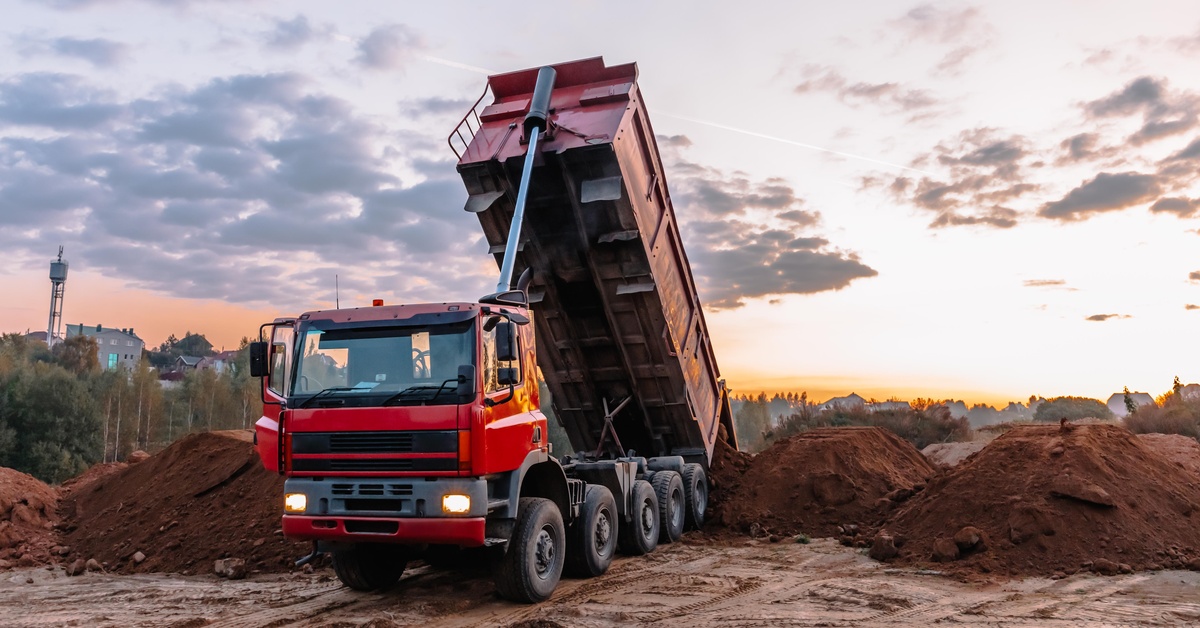
Truck bed liners face constant temperature changes that affect their performance. Addressing expansion and contraction in HMW-PE liners requires understanding how these materials behave under varying thermal conditions to maintain optimal hauling operations.
What Makes HMW-PE Different?
High molecular weight polyethylene gives truck operators a lightweight, cost-effective option for hauling nonabrasive materials. This versatile plastic handles loads such as grain, soil, and other agricultural products with ease, thanks to its smooth surface that encourages clean release.
Like all plastics, HMW-PE reacts to temperature changes. On hot summer days, the material expands; in cold winter conditions, it contracts. This natural movement affects how plastic truck bed liners perform over time, influencing both fit and reliability inside the bed. Understanding this thermal behavior is essential for operators who want consistent performance in changing environments.
Real-World Performance Challenges
Extreme temperature swings create noticeable changes in liner dimensions. A liner installed during moderate weather may develop wrinkles or buckle when temperatures soar above 90 degrees Fahrenheit. Conversely, winter conditions can cause the same liner to pull tight against mounting points, potentially affecting its smooth release properties.
These dimensional changes influence more than just appearance. Expansion can create pockets where materials accumulate, making complete cleanout difficult. Contraction may alter the liner’s contact with truck bed walls, reducing protection effectiveness and potentially allowing loads to stick in unexpected areas.
Smart Installation Approaches
Proper mounting techniques accommodate thermal movement without compromising performance. Installers must leave adequate spacing around liner edges to allow expansion without creating destructive pressure points. This strategic approach prevents buckling during hot weather while maintaining secure attachment.
HMW-PE’s inherent flexibility works as an advantage during thermal cycling. Unlike rigid materials that crack under stress, this polymer flexes and recovers without permanent damage. However, extreme temperature exposure combined with heavy loads can still cause issues if installation tolerances ignore thermal behavior.
Operators protect their investment by avoiding unnecessary stress on liners during extreme weather. Loading and unloading techniques that account for temporary dimensional changes help preserve the smooth surface that makes HMW-PE effective for material release.
Choosing Applications Wisely
Addressing expansion and contraction in HMW-PE liners starts with selecting appropriate applications. Agricultural operations, light construction work, and municipal services benefit most from this material’s properties. These applications typically involve materials that work well with HMW-PE’s thermal characteristics.
However, operations requiring frequent hauling of abrasive materials or consistently hot loads may find better performance with more thermally stable liner options. Understanding your hauling requirements helps determine whether HMW-PE’s thermal behavior aligns with operational needs.
Making Informed Liner Decisions
Temperature affects every plastic liner system, but HMW-PE’s predictable thermal behavior allows operators to plan accordingly. Proper installation, appropriate application selection, and awareness of thermal cycling effects maximize liner performance and longevity.
Smart hauling operations recognize that thermal movement represents a manageable characteristic rather than a limitation. This understanding leads to better equipment protection, improved load release performance, and extended liner service life across diverse operating conditions.
